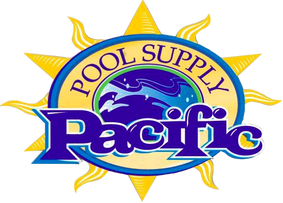|
*|MC_PREVIEW_TEXT|*
0 Comments
Reduce Chlorine CostsMaintaining a consistent day-to-day Free Chlorine level is one of the best ways to reduce chlorine demand. Click here for more info. Maintaining a consistent day-to-day Free Chlorine level is one of the best ways to reduce chlorine demand. Click here for more info. Allowing your Free Chlorine level to dip below 1ppm gives algae, bacteria and other nasties a chance to flourish. Adding chlorine at this time will destroy all but the most resistant pathogens. Unfortunately, these are the pathogens that can do the most harm. Here are a few methods you can use to prevent the "yo-yo effect":
Number 1 is a non-starter. That’s a full-time job. Number 2 is nonsense. That leaves Number 3, a chlorinator. SANITIZING SYSTEMS A sanitizing system is a device that is installed in your pool’s filtration system. It continuously adds chlorine to the pool through tablet erosion, injection or self-contained chlorine production. because it has less hidden costs, we’ll talk about the latter, a.k.a. Salt Chlorine Generators. Salt Chlorine Generators (SCG’s) - How do they work? As salt water travels through the swimming pool’s circulation system, it enters the salt chlorine generator and passes through a salt cell. As the salt water flows through the cell, a low-voltage current is applied to plates inside the cell, initiating electrolysis. Through electrolysis, salt and water break up into hydrogen gas and hypochlorous acid. The hydrogen gas simply leaves the swimming pool water in the form of small bubbles. The hypochlorous acid sanitizes the swimming pool water and ultimately reverts back into salt, and the process repeats. Click HERE for more. Depending on where you live, a SCG over it's lifetime, Can save you up to $4,000. Of course, this is based on a well maintained pool.
There are many variables that affect both chlorine demand and the life expectancy of a typical brand name salt cell.
|
Advice, Tutorials & DIY'sAuthorPacific Pool Supply Archives
July 2023
Categories |
|||||||||||||||||||||||||||||||||||||||||||||||||||||||||||||||||||||||||||||||||||||||||||||||||||||||||||||||||||||||||||||||||||||||||||||||||||||||||||||||||||||||||||||||||||||||||||||||||||||||||||||||||||||||||||||||||
|
DO YOU WANT FREE ADVICE AND ACCESS TO EXCLUSIVE DISCOUNTS AND SALES?
SCAN THE QR CODE AND SIGN UP FOR OUR WEEKLY NEWSLETTER! |
STORE HOURS
MON-SAT 9am - 5pm SUNDAY 10am - 3pm 17024 Van Buren Blvd. Ste. D
Riverside, Ca 92504 (in the Stater Bros. Shopping Center) |
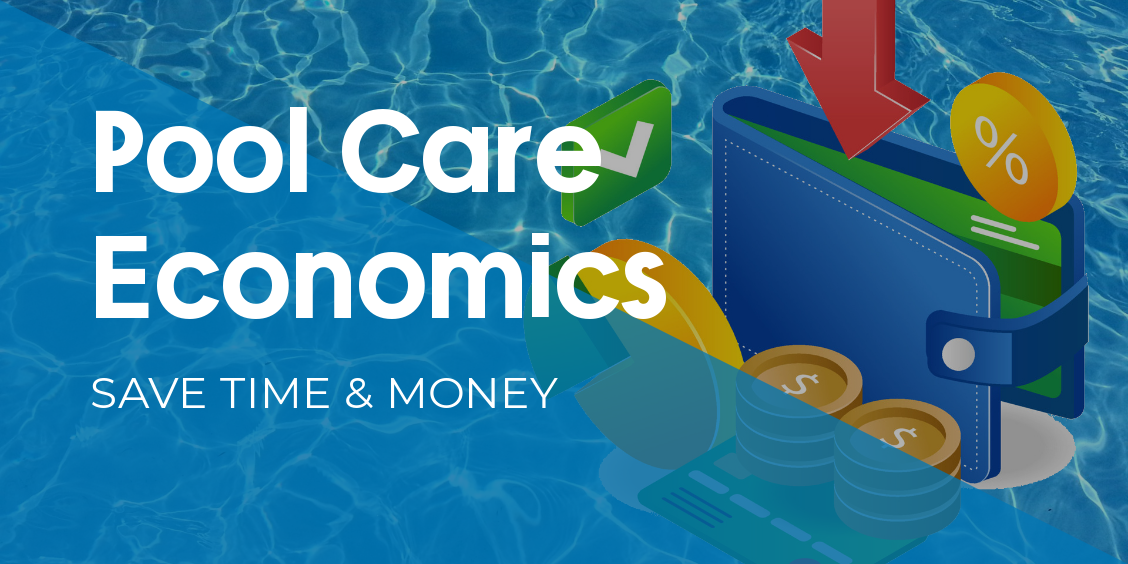







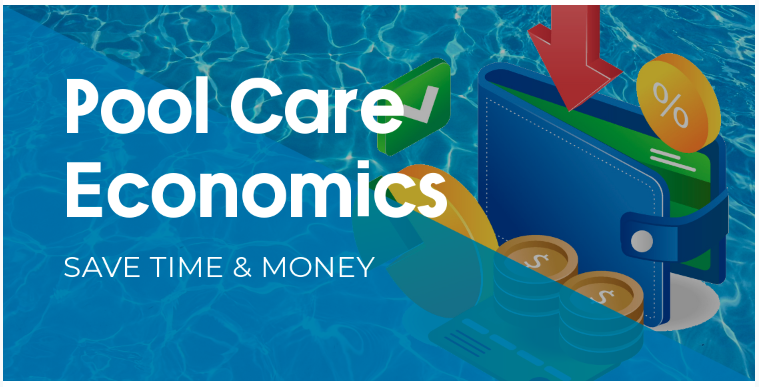
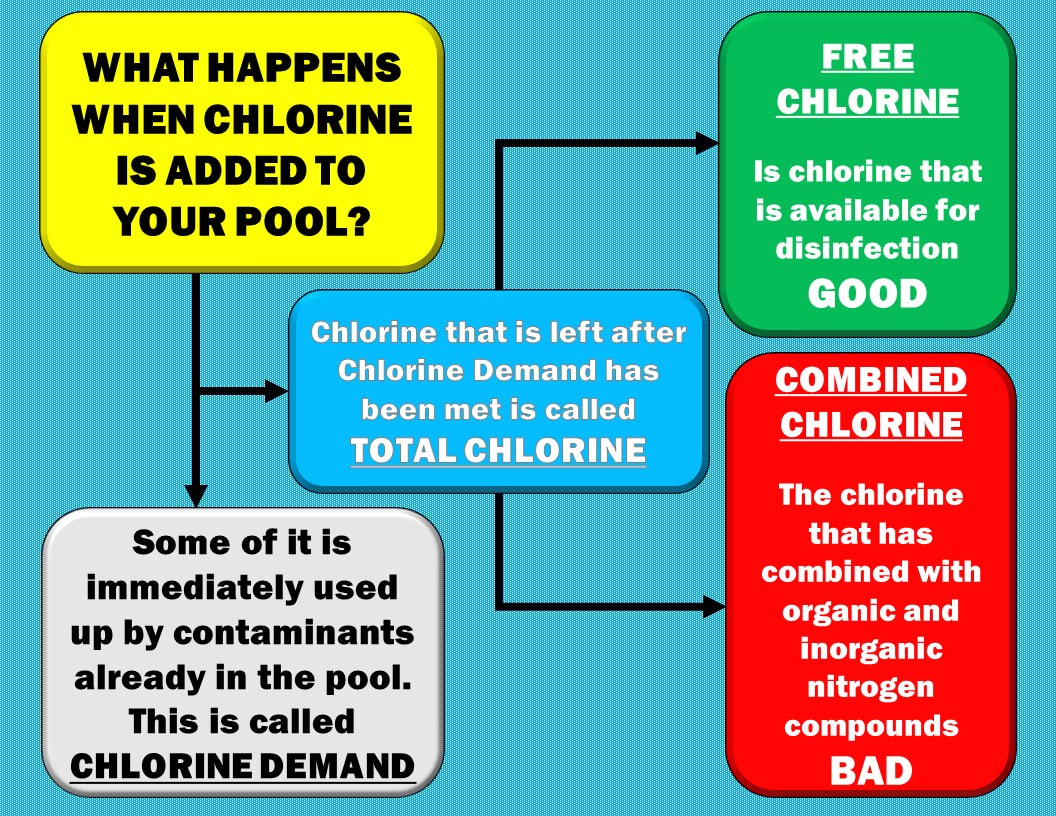

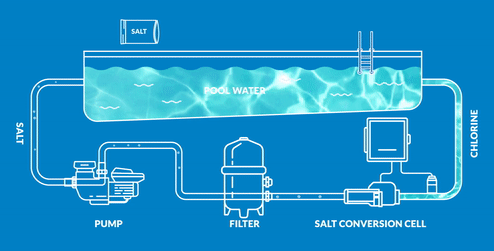
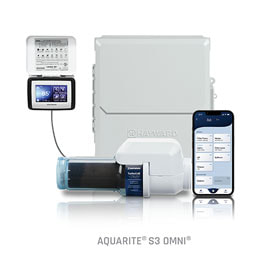
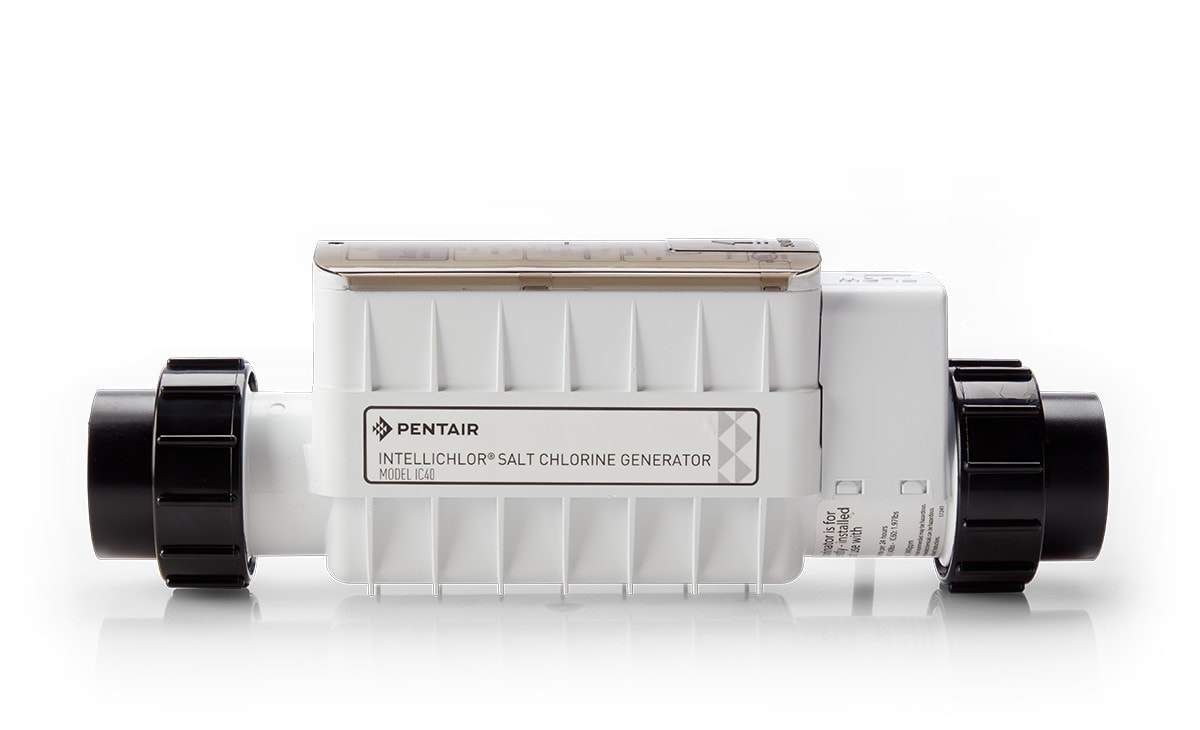

 RSS Feed
RSS Feed
